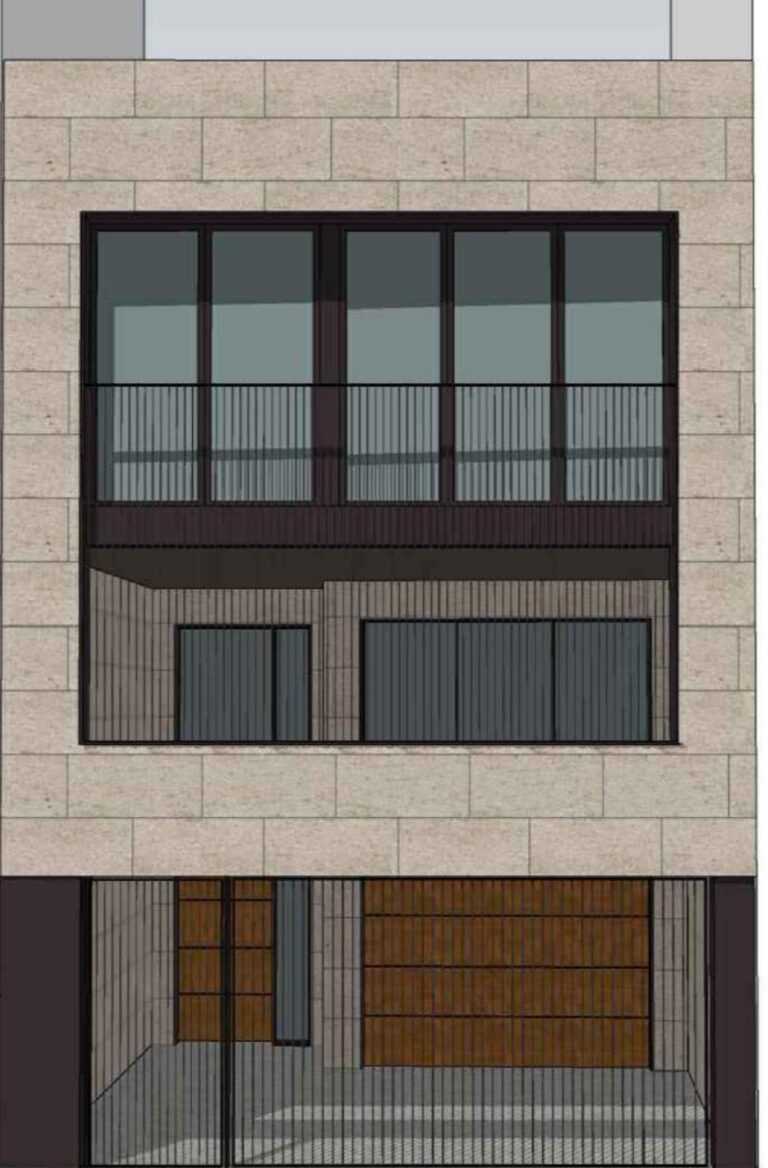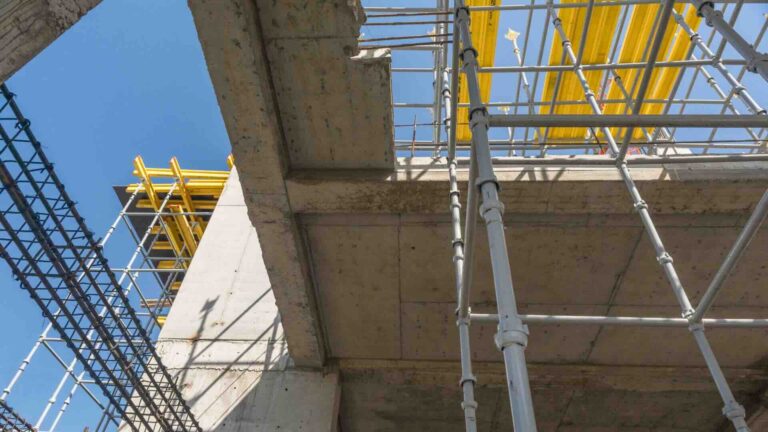Complete construction: Fundamental pillars for the success of the project
Planning and executing an entire construction are complex processes that require careful attention to numerous details to ensure the success of the project. From the foundation to the final finishes, a complete construction must address a series of fundamental elements to meet quality, safety and efficiency standards. In this article, we will explore the key aspects that need to be considered when undertaking a comprehensive build.
1. Comprehensive Planning: Before starting any construction, comprehensive planning is essential. This involves clearly identifying project objectives, preparing detailed plans, evaluating economic viability and considering factors such as location, climate and local regulations. Solid planning lays the foundation for success and efficiency in all subsequent stages.
2. Efficient Structural Design: Structural design is the backbone of any complete construction. It should be performed by qualified professionals who consider functionality, safety and aesthetics. Elements such as space distribution, material choice and seismic considerations are crucial to ensure the durability and strength of the structure.
3. Adequate Foundation: A solid foundation is essential for the stability of any construction. Depending on the characteristics of the soil, different types of foundations may be required, such as footings, piles or slabs. The geotechnical evaluation of the terrain is crucial to determine the most suitable option.
4. Efficient Water and Electricity Systems: A reliable water supply and efficient electrical system are essential for any construction. This includes installing plumbing and electrical systems that comply with local regulations and provide safe and reliable services for occupants.
5. Sustainable Technologies: The incorporation of sustainable technologies is increasingly important in modern construction. From renewable energy systems to energy-efficient design, the entire construction must integrate sustainable practices to reduce environmental impact and improve long-term efficiency.
6. Safety in the Workplace: The safety of workers and the construction itself is a priority. The implementation of safety measures, compliance with labor regulations and continuous training are essential to prevent accidents and guarantee a safe work environment.
7. Quality Materials: The use of quality materials is a determining factor in the durability and final appearance of the construction. The selection of materials must consider factors such as resistance, durability, sustainability and aesthetics.
8. Quality Control: Implementing quality control systems is essential to ensure that construction meets specified standards at all stages of the project. This includes regular inspections, material testing and quality assurance.
9. Efficient Project Management: Efficient project management is key to maintaining schedule and budget. This involves proper allocation of resources, clear communication between different teams, and constant monitoring of progress.
10. Quality Finishes: The final finishes of a construction, such as siding, paint, and architectural details, contribute significantly to the appearance and functionality of the space. Attention to these details is crucial to ensure a high-quality final product.
In conclusion, a successful complete construction requires careful planning and execution in all its phases. From initial planning to final finishes, every aspect must be addressed with care and professionalism to ensure a long-lasting, functional and aesthetically satisfying result.



